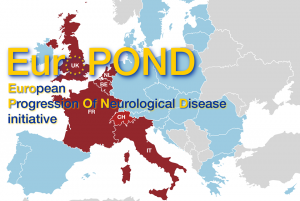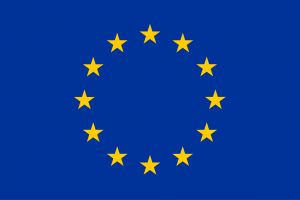Welcome to the Leaspy ML Tool in Neugrid!

 This project has received funding from the European Union’s Horizon 2020 research and innovation programme under grant agreement No. 666992.
This project has received funding from the European Union’s Horizon 2020 research and innovation programme under grant agreement No. 666992.
This tool predicts the evolution of cognitive scores for an Alzheimer’s Disease patient given baseline and optional follow-up information. The tool is based on a Leaspy model trained on cognitive scores of ADNI amyloid-positive (PET or CSF Ab42) subjects. The Leaspy model used on neugrid2 is a limited version, not taking advantage of many other biomarkers (MRI, PET, CSF) that can be modelled as well to improve predictions. Please see the section below for more information about Leaspy.
Outputs of this tool are for research use only and come without warranty of any kind!
How to run the analysis:
You have to provide the following information:
- The email you want the report delivered to
- baseline Age of the subject
- at least one between baseline Mini Mental State Examination (MMSE) score and baseline Alzheimer’s Disease Assesment Score-Cognitive- 13 items (ADAS-Cog-13)
- optional follow-up information (age, and at least one cognitive score must be provided for each follow-up you wish to enter)
Please note that the model expects a decreasing trend for MMSE and an increasing trend for ADAS-Cog-13. In case of input of longitudinal data with a trend opposing the expected one, the prediction may be inaccurate.
